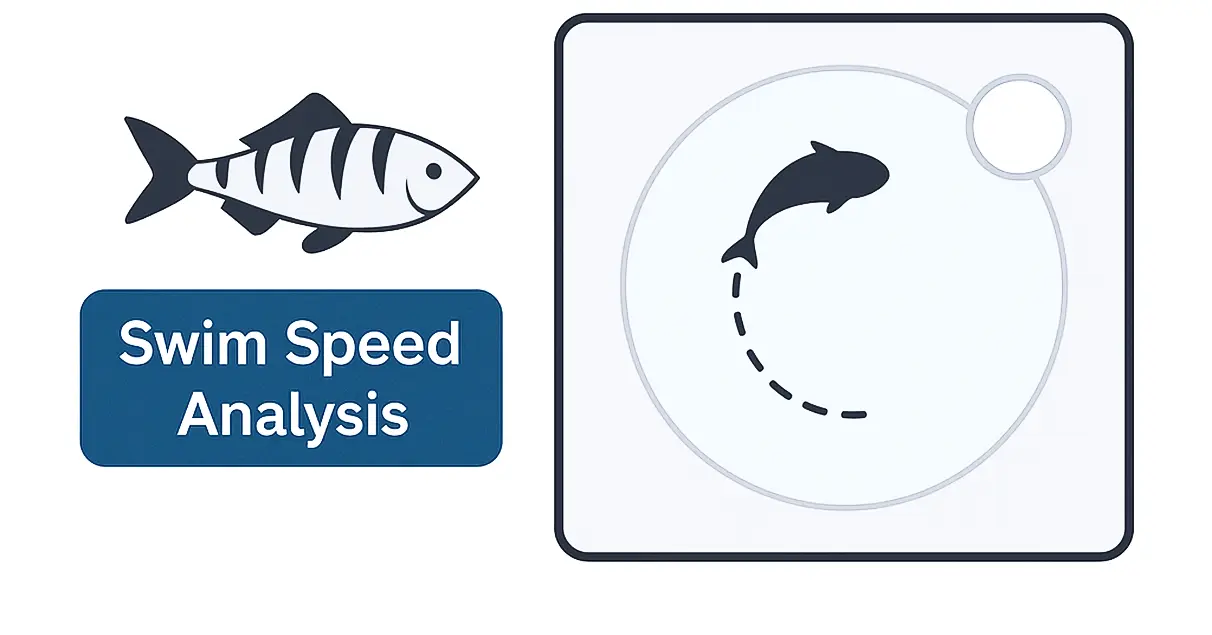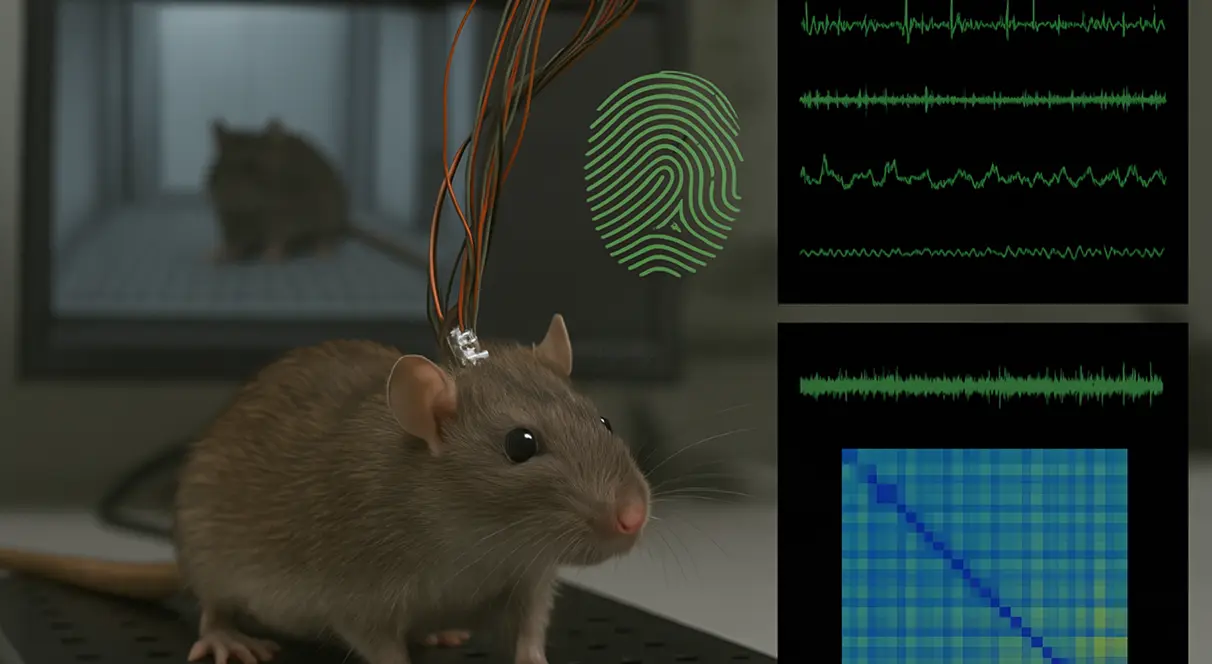

In behavioral neuroscience, the Elevated Plus Maze (EPM) is a pivotal tool for assessing anxiety-like behaviors in rodents. Among the various behavioral indicators observed in the maze, Stretch-Attend Postures (SAP) are a key measure of risk assessment behaviors that reveal how an animal processes perceived threats and navigates environments that induce fear or anxiety. Understanding the role and significance of SAP provides valuable insights into the physiological and psychological processes behind anxiety disorders and the underlying mechanisms that regulate fear-based behavior.
In this article, we examine the concept of Stretch-Attend Postures, the circumstances under which they occur, their use as an anxiety metric, and how researchers can leverage them in their studies.
Stretch-Attend Postures (SAP) are characterized by a specific behavioral sequence that occurs when a rodent stretches forward with its head and extends its forelimbs, while simultaneously attending to potential threats. Typically, SAPs are observed when the animal is positioned at the entrance to an open arm of the Elevated Plus Maze, although they can also occur when the rodent is near the edges of the closed arms.
The posture resembles a careful, exploratory movement that allows the animal to assess the environment while maintaining a degree of retreat. During a SAP, the animal’s body remains close to the enclosed arm, ensuring a level of safety, while it peers forward into the open arm, which may expose it to perceived risk.
This behavior reflects a cautious approach to exploration. It represents an adaptive strategy in which the rodent performs a calculated risk assessment—deciding whether it is safe to proceed or whether it is too risky to venture into an unfamiliar or threatening space.
The occurrence of Stretch-Attend Postures is directly tied to an animal’s emotional state—specifically to the anxiety experienced when encountering an open, elevated environment. In an EPM, the open arms represent a situation of exposure to perceived threats (e.g., predation risk), while the closed arms offer more protection. The Stretch-Attend Posture signals a conflict between curiosity and caution, as the animal attempts to gather information about the open arms without fully committing to exploring the risky area.
Several key factors influence the frequency and intensity of SAPs:
This behavior is a crucial indicator of anxiety-like states, with the frequency and pattern of SAPs often used to assess the anxiolytic or anxiogenic properties of pharmacological treatments or to determine the effects of genetic modifications or environmental stressors on anxiety.
To accurately measure Stretch-Attend Postures, several methodological considerations should be taken into account:
SAPs should be clearly defined in terms of their physical manifestations. The animal must be fully stretched forward, with both forelimbs extended, while the head and body are directed towards the open arm. Partial entries, such as head dips, should be distinguished from SAPs to avoid confusion.
Recording SAPs is often done using manual coding or video tracking systems. The frequency and duration of SAPs can be quantified during an experimental session (typically lasting 5-10 minutes), allowing researchers to compare control and treatment groups, or baseline vs. post-treatment behaviors.
While SAPs provide valuable insights into anxiety levels, they should not be interpreted in isolation. Researchers should also analyze other behaviors, such as time spent in open arms, entries into open arms, and head dips, to gain a comprehensive understanding of the animal’s emotional state. Multivariate analyses are especially useful to interpret these behaviors collectively and ensure accurate conclusions.
Stretch-Attend Postures are a critical metric in the study of anxiety, offering valuable data on the cognitive-emotional state of rodents. This behavior provides insight into how animals assess environmental threats and make decisions about risk, which is crucial for understanding both innate and conditioned fear responses.
Applications in Preclinical Research
While Stretch-Attend Postures are a valuable behavioral metric, they are not without limitations:
Stretch-Attend Postures are a crucial behavioral metric in the Elevated Plus Maze, offering researchers a direct measure of how rodents assess risk in potentially threatening environments. By examining these postures, we gain insight into anxiety-like behaviors, providing a window into the complex processes of risk evaluation and decision-making under fear-inducing conditions.
As we continue to explore the neurobiological foundations of anxiety, SAPs remain an essential tool for understanding both the physiological mechanisms and psychological processes that regulate anxiety in rodent models. Whether used in drug discovery, genetic research, or environmental studies, SAPs offer invaluable data on how animals respond to fear and anxiety, helping pave the way for more effective treatments in human anxiety disorders.











Dr Louise Corscadden acts as Conduct Science’s Director of Science and Development and Academic Technology Transfer. Her background is in genetics, microbiology, neuroscience, and climate chemistry.
